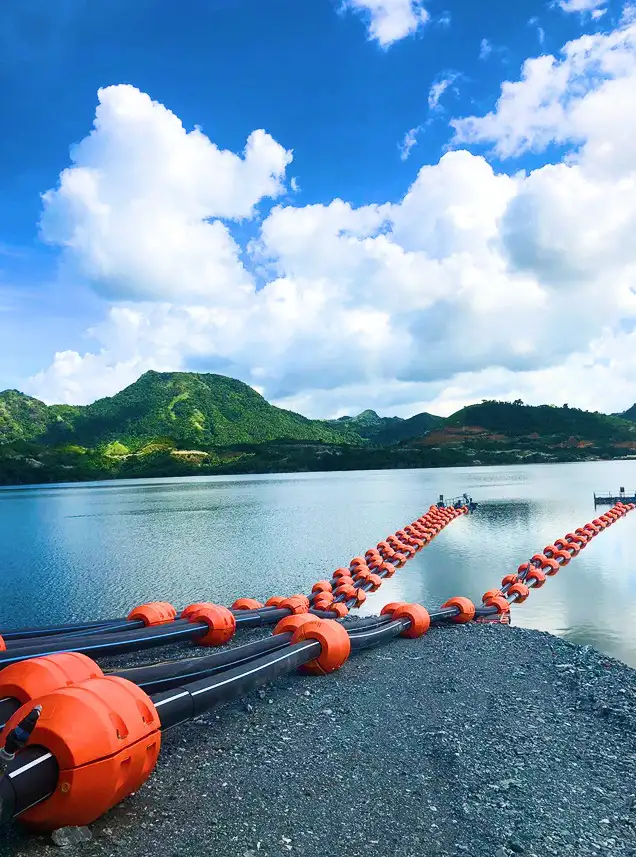Time: 2025-06-19 02:11:10 Source: Max Pipe
In recent years, due to the rapid economic development in the Philippines, the demand for infrastructure has surged, especially in the fields of water supply, energy and sewage treatment. This project aims to build an efficient and durable water supply system by laying DN800mm (800 mm diameter) high-density polyethylene (HDPE) pipes to solve the problem of local water resource allocation. The project may involve application scenarios such as municipal water supply, power plant cooling water transportation or agricultural irrigation. Specific requirements include:
Long-distance water transportation: The pipeline needs to adapt to complex terrain (such as tropical rainforests, coastal areas or mountains).
High ring stiffness requirements: Some sections need to withstand higher external loads (such as deep burial or traffic load areas).
Corrosion resistance and environmental protection: The Philippines has a humid climate and salinized soil in some areas, and the chemical corrosion resistance of HDPE pipes has become the preferred choice.
Pipeline specifications
Material: High-density polyethylene (HDPE), in accordance with ISO 4427/EN 12201 standards.
Diameter: DN800mm (inner diameter 800mm), wall thickness customized according to ring stiffness requirements (such as SN8 or SN12.5) 610.
Length: The length of a single pipe is usually 6-12 meters, and can be connected by electric fusion or hot fusion to ensure sealing.
Core advantages
Extremely long life: HDPE pipe has a design life of more than 50 years and is UV-resistant (a carbon black layer can be added if laid outdoors).
Flexible design: Adapts to foundation settlement and reduces the risk of joint leakage, especially suitable for earthquake-prone areas in the Philippines7.
Low friction coefficient: The inner wall is smooth, and the water transmission efficiency is more than 20% higher than that of traditional concrete pipes.
Innovative technology application
Double-layer electric fusion connection: patented technology (such as the double-layer electric fusion socket structure of Huadian Science and Technology) is used to improve the rigidity and sealing of the interface ring to prevent leakage in deep sea or high pressure conditions10.
Customized production: For special needs (such as ultra-large diameter or high ring rigidity), mature solutions of DN3300mm level can be provided (refer to the case of Nachuan Co., Ltd.'s GNPD power plant project in the Philippines)
Construction plan and quality control
Land laying: Excavation or pipe jacking is adopted to reduce road damage in urban areas.
Underwater installation (if involved): Based on the experience of GNPD project, Bailey frame hoisting and underwater flange bolt positioning technology are used7.
Quality control
Factory pre-inspection: Each batch of pipes is subjected to hydrostatic test (such as ISO 1167 standard) and weld strength test.
On-site acceptance: Ultrasonic or infrared thermal imaging inspection of welds is carried out by a third-party testing agency.
Environmental protection and safety
The pipe material is 100% recyclable, and low-noise equipment is used during the construction process, which complies with Philippine environmental protection regulations.
Economical efficiency: The comprehensive cost of HDPE pipes is lower than that of traditional steel pipes or concrete pipes (maintenance costs are reduced by more than 50%).
Social benefits: Stable water supply can support local agricultural and industrial development
